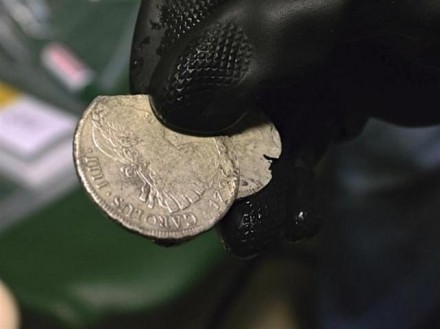Florida should be a treasure hunter’s dream come true. Except it’s not. Its sand and sea hide riches of the past, thanks to the state’s
Spanish colonizers of the 1500s and treasure-laden ships that sank off
shores. Until recently, you didn’t have needed to dig very deep to find
valuable booty. With a metal detector, you easily could unearthed
treasures left behind by forgetful beachgoers. A Tiffany and Co. platinum wedding band worth more than $2,000, a
3/4-carat diamond ring, a 2-carat ruby ring and a mint-condition Rolex
Submariner watch are just a few of the riches Gary Drayton recovered
during his metal-hunting days. His best find was a 9-carat Spanish-era
emerald ring. But that may be the end of it for Drayton and his treasure-seeking ilk (
No More Hunting for Spanish Treasures Says Florida).
But that may be the end of it for Drayton and his treasure-seeking ilk. While it’s legal to use metal detectors at Florida’s Atlantic and
Gulf Coast state parks, Drayton told Florida Watchdog, treasure hunters
have to get permission from the park manager and hunt only on the dry,
sandy beach between the high water line and the sand dune. The
Florida Division of Recreation & Parks Department of Environmental Protection says the restriction is to ensure the “preservation and protection of archaeological resources.”
Read more.

No comments:
Post a Comment